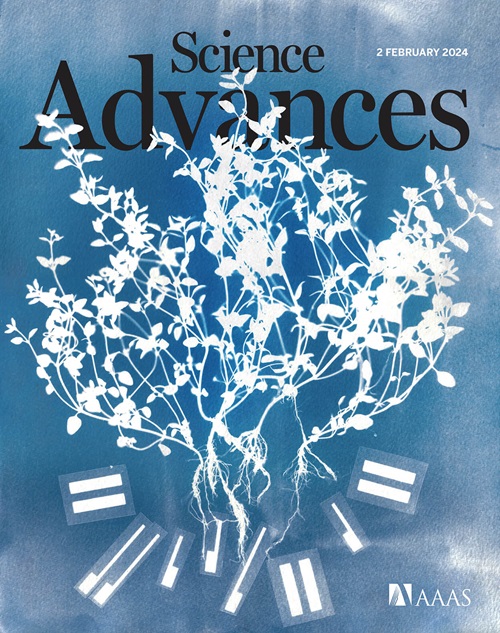Coassembly of hybrid microscale biomatter for robust, water-processable, and sustainable bioplastics
IF 11.7
1区 综合性期刊
Q1 MULTIDISCIPLINARY SCIENCES
引用次数: 0
Abstract
Unlike conventional methods that typically involve extracting biopolymers/monomers from biomass using lots of hazardous chemicals and high energy, the direct utilization of biological matter (biomatter) without extraction offers a more sustainable alternative for bioplastic production. However, it often suffers from insufficient mechanical performances or limited processabilities. Herein, we proposed a hybrid microscale biomatter coassembly strategy that leverages the interactions between the inherent microarchitectures of waste cotton fiber and pollen particles. With minimal preprocessing, they form a castable slurry that can spontaneously organize into a dense fiber-laminate bioplastic network, exhibiting high mechanical properties (52.22 megapascals and 2.24 gigapascals) without using toxic organic chemicals or heavy machinery. The resulting bioplastic features controlled hydration-induced microstructural disassembly/reassembly, enabling water-based processability into complex, dynamic architectural systems. In addition, it demonstrates good biodegradability, closed-loop recyclability, and satisfactory environmental benefits, outperforming most common plastics. This study provides an instant nature-derived paradigm for bioplastics’ sustainable production, processing, and recycling, offering a promising solution for facilitating eco-friendly advanced applications.

求助全文
约1分钟内获得全文
求助全文
来源期刊

Science Advances
综合性期刊-综合性期刊
CiteScore
21.40
自引率
1.50%
发文量
1937
审稿时长
29 weeks
期刊介绍:
Science Advances, an open-access journal by AAAS, publishes impactful research in diverse scientific areas. It aims for fair, fast, and expert peer review, providing freely accessible research to readers. Led by distinguished scientists, the journal supports AAAS's mission by extending Science magazine's capacity to identify and promote significant advances. Evolving digital publishing technologies play a crucial role in advancing AAAS's global mission for science communication and benefitting humankind.
 求助内容:
求助内容: 应助结果提醒方式:
应助结果提醒方式:


